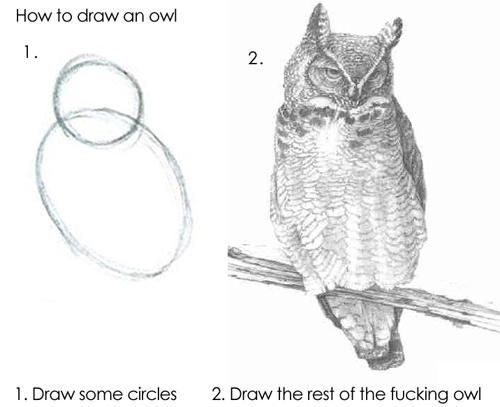Using Property Transactions to Uncover Trends and Hidden Insights
Deciding to buy or sell a property can be a complex endeavor. It's a journey filled with excitement, but also uncertainty. Navigating the real estate market requires careful consideration and informed decision-making.
Nobody wants to "make a bad investment" or be stuck "holding the bag". The truth is, it's really hard to conclusively say if an investment is wholly good or bad for many years or even decades. Sometimes, a property that seemed like a bad investment can actually become a good one when new masterplans are made or successful en-blocs. On the other hand, even great investments can turn sour because of unexpected things like the weather changing (causing floods), or just terrible luck.

I created this guide to help you approach buying a property in a more organized way and hopefully getting the best possible results.
I've divided the guide into a couple of sections because it was getting unreasonably long for this internet age:-
- Step 1: Determine Your Objective
- Step 2: Targeting the Right Neighborhood
- Step 3: Narrowing your target
The meat of the content sits in Step 3 where we'll delve deep into data analysis and distilling insights. I plan to update this guide regularly as we build out more and more of Property How Much, so maybe bookmark it and check back in every now and again.
Step 1: Determine Your Objective
First, clarify your purpose for buying the property. Ask yourself if you plan to live in it or use it as an investment.
-
Own Stay: If you intend to live in the property, it's important to consider your lifestyle and future needs. For example, if you have a growing family with school-age children, proximity to schools (Home-School Distance, HSD) becomes a crucial factor to consider.
-
Investment: If you're looking for an investment property, you'll need to weigh the potential rental yield vs capital gain. Remember, properties with higher rental yields often have limited capital gain potential because the gains have already been factored into the property's price. However, a higher rental yield can help offset mortgage repayments and lessen financial pressure over time.
To be clear, these are not mutually exclusive categories. Any own-stay properties can still have investment potentials. There are also many other factors to consider but this is the most basic one that we must get out of the way before proceeding.
Step 2: Targeting the Right Neighborhood
Now that you’ve clarified your objective, let’s focus on the most crucial factor in real estate: Location. I find it very helpful to familiarize myself with the current market prices in different regions of Singapore.
For a quick overview, here are the top 10 most expensive regions and the bottom 10 least expensive regions for condos in Singapore, based on price per square foot. To put together these lists, we looked at prices and transactions in the last 36 months for condos within a 5-minute walk from each MRT station.
Most affordable neighborhoods
Most expensive neighborhoods
This should give you an idea of what kind of condos you can afford. Prices vary significantly across regions, and proximity to MRT stations greatly affects property prices. Our analysis shows substantial price differences among different MRT stations.
You can explore the complete list of condo prices across 134 MRT and 41 LRT stations to find regions that fit within your budget.
Using this list, we can quickly eliminate regions that are beyond our budget and discover intriguing areas that we may have overlooked. Gather a list of at least 10 MRT stations that look interesting and let’s drill down into them.
Step 3: Narrowing your target
As you explore each MRT station, you'll find a list of properties sorted by distance. Here, we encounter a few more important metrics: Leasehold, TOP year, average PSF, and min/max PSF. Please note that some information may be hidden on mobile devices. Let's quickly go over these terms:
-
Leasehold: Refers to the duration of land ownership. Freehold grants indefinite ownership, while 99-year leasehold lasts for a precise 99 years. Generally, 99-year condos are cheaper due to potential depreciation as the lease shortens.
-
TOP year: The year when the Temporary Occupation Permit is granted, usually indicating the completion of the condo project. Considering the TOP year is crucial because older projects often have lower prices compared to newer ones.
To provide a comprehensive view, all prices per square foot (PSF) are calculated over a 36-month period to account for fluctuations and transaction volumes. The average PSF represents the overall price per square foot across all unit types, while the min/max PSF shows the lowest and highest transaction values.
By examining these metrics at each MRT station, you can narrow down your options and make more informed decisions. I know what you’re thinking. This:

Of course not! Stay tune for part 2!
